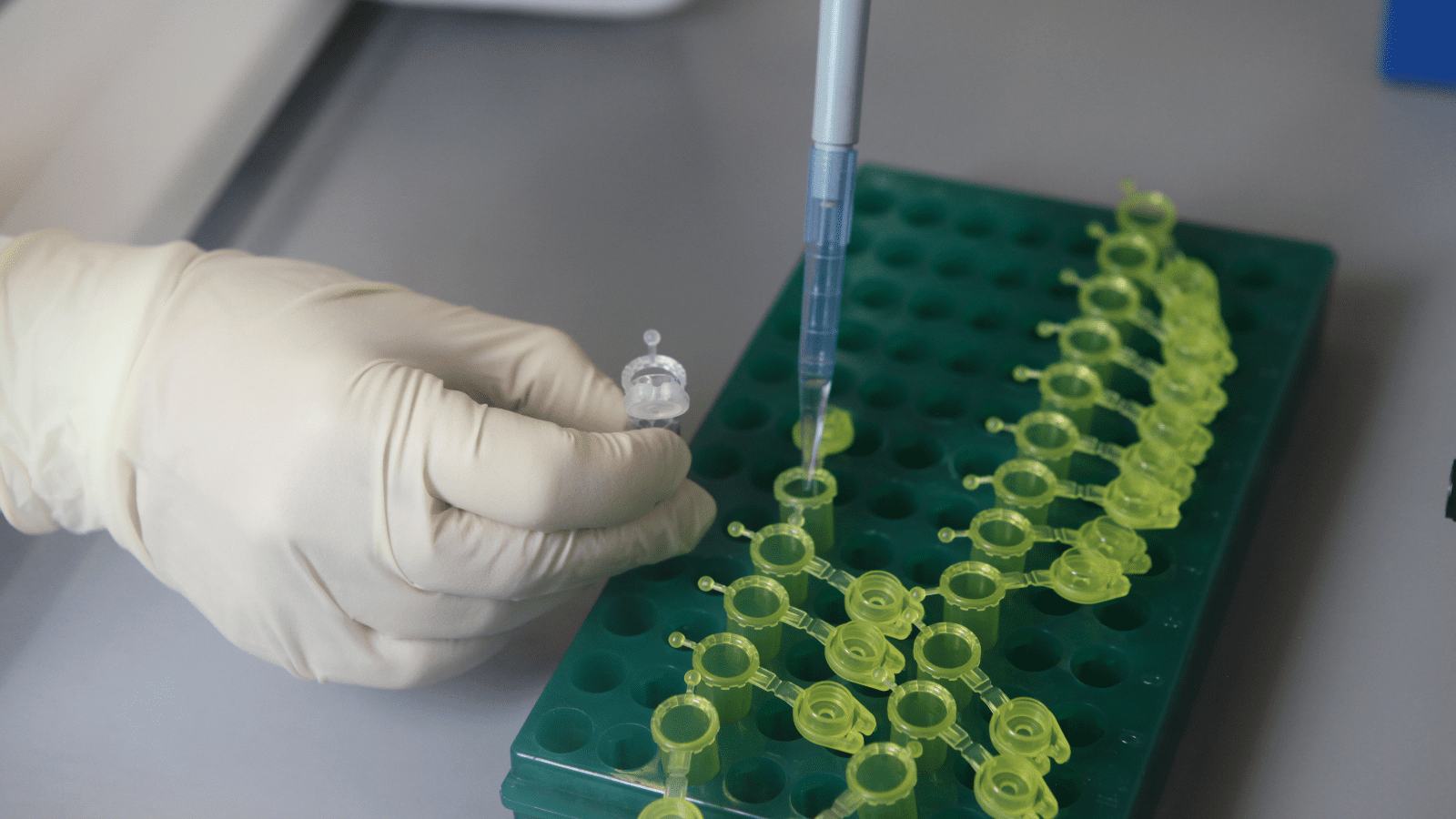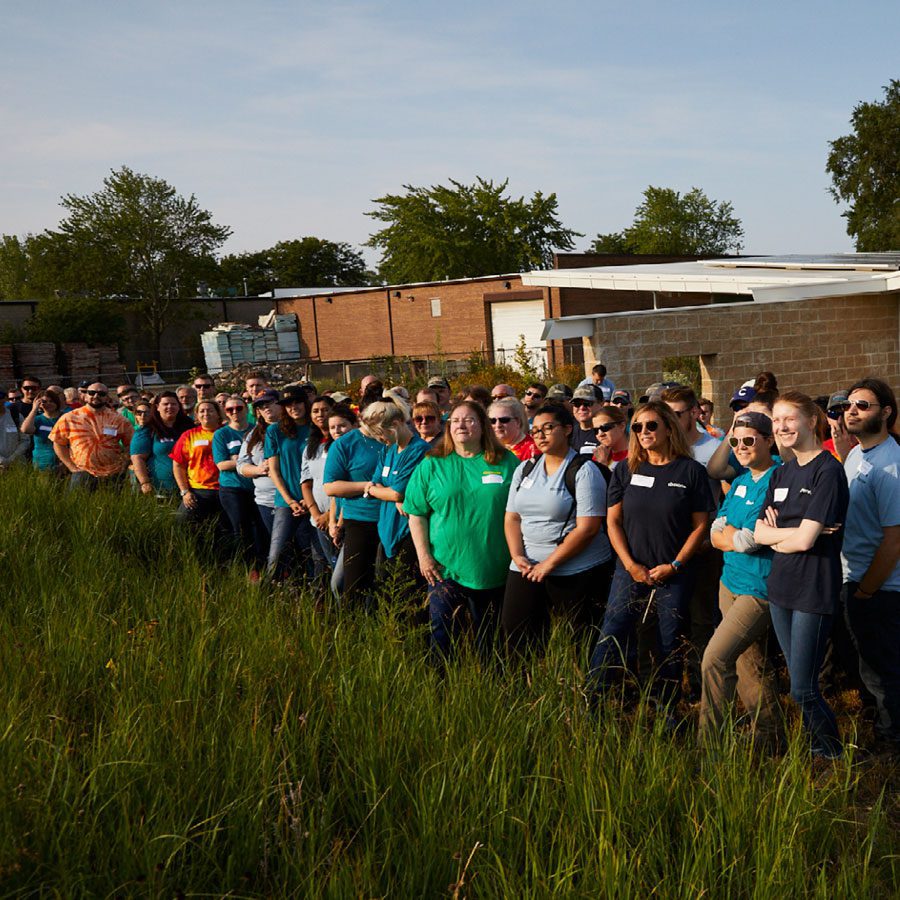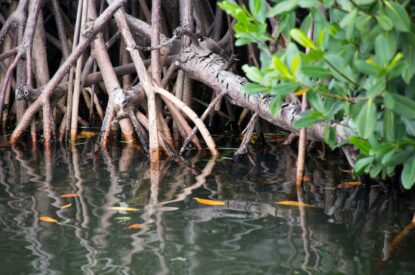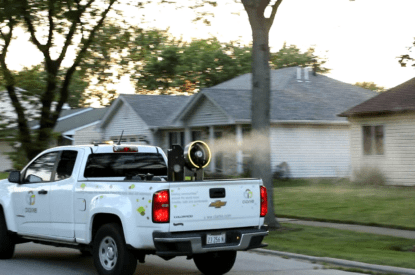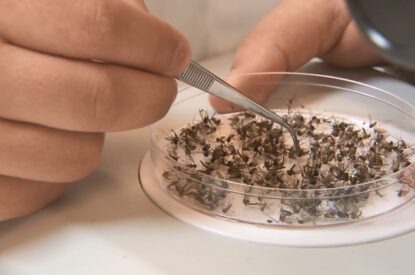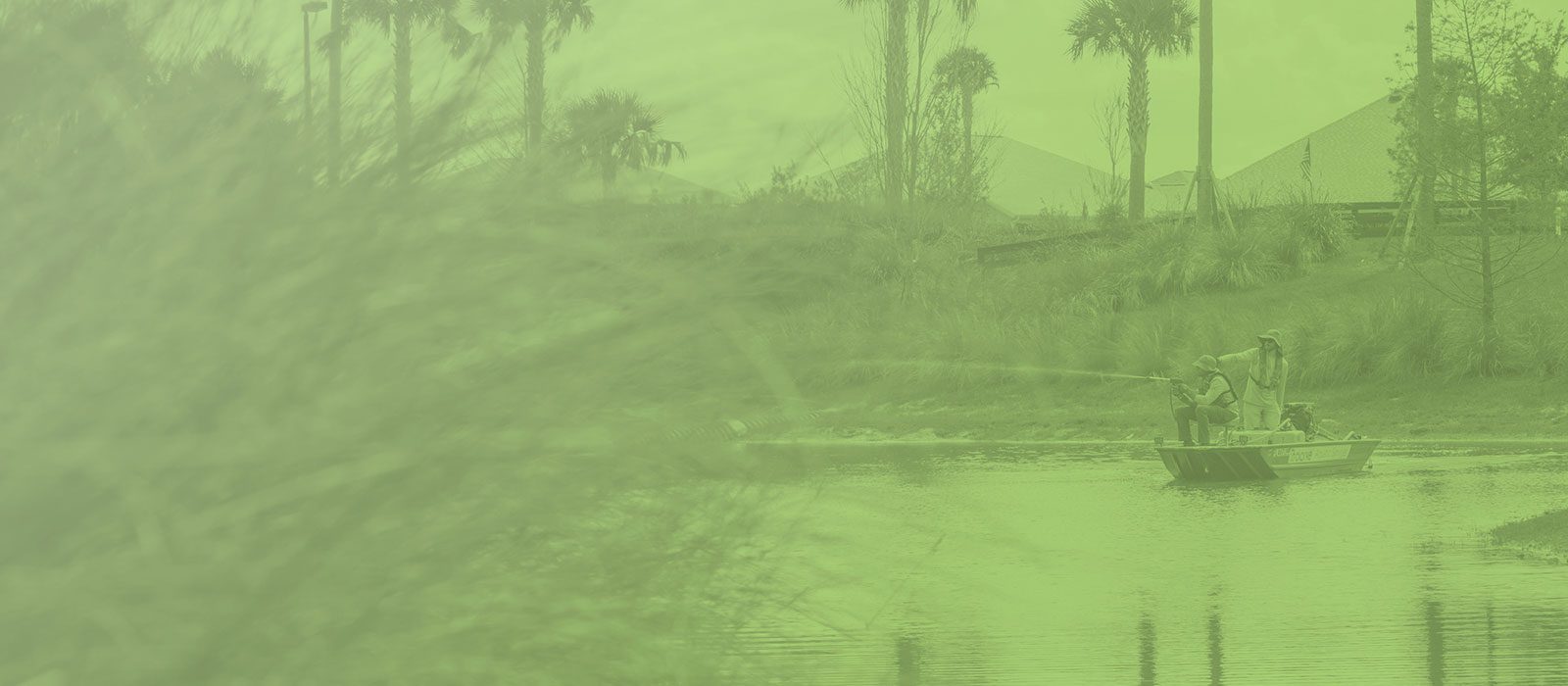Censor Larvicide
| Weight | N/A |
|---|---|
| Dimensions | N/A |
| Length of Control | Single Brood |
| Formulation type | Granule |
| IRAC Mode of Action | 5 NACHR Allosteric Activator |
| Active Ingredient | Spinosad |
- A spinosad-based single brood granule for high volume programs
- 10/14 mesh corn cob granule
- Works to kill mosquitoes for up to 7 days
- Effective pre-treatment tool
- Unique mode of action and novel class of chemistry for public health mosquito control
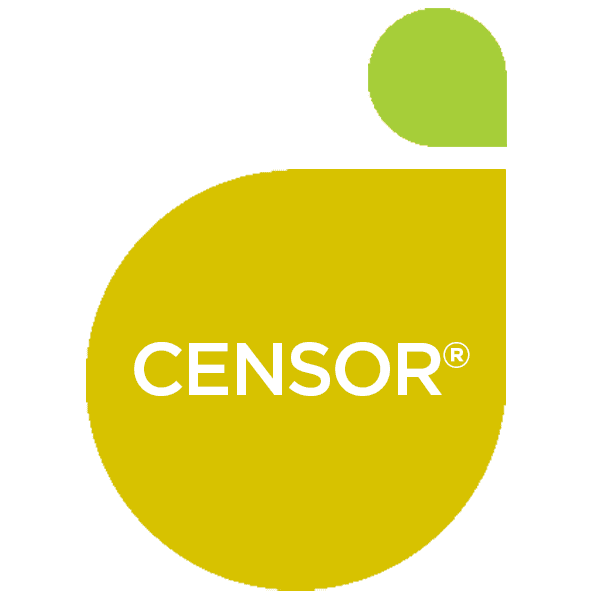
Product Details
About Censor®
The Censor single-brood larvicide granule delivers the power of spinosad in a value-based, single brood formulation suited for mosquito control programs and/or habitats where OMRI® Listed status is not a requirement. It is especially effective in open or floodwater habitats and in cold water.
Censor routinely delivers up to 7 days of control post application and can be applied as a pre-treatment tool. Applied Censor granules will activate and begin controlling mosquito larvae once exposed to standing water. Programs that require high-volume use of single brood, granule larvicides appreciate the value of Censor, backed by the proven performance of spinosad.
- Single-brood corn cob granule
- Pre-treatment tool
- Effective on all four instars of mosquito larvae
Because Censor uses spinosad as its active ingredient, the only IRAC Class 5 chemical for public health mosquito control, it is an excellent tool to suppress mosquito populations before they hatch, while helping avoid or fight resistance. Spinosad delivers a unique mode of action that works on all four stages of mosquito larvae. It has been tested to demonstrate efficacy on twenty of the most common vector and nuisance mosquito species, including Aedes, Anopheles and Culex.
Censor and the Environment
Spinosad, the active ingredient in Censor, was the first mosquito larvicide active ingredient registered under the EPA’s Reduced Risk program. This is due to its reduced risk to human health and non-target organisms when compared to other available alternatives. Spinosad is of low acute and chronic toxicity to a wide range of non-target species, including mammals, birds, terrestrial wildlife and fish.
Spinosad in Soil
Spinosad degrades readily in the soil environment and is non-persistent. Exposure to sunlight accelerates the degradation process.
Spinosad in Water
By design, larvicides are intended to be applied to standing water sources to prevent mosquito breeding for a specific period of time. As an active ingredient, spinosad degrades rapidly in water, with exposure to sunlight and presents a relatively low risk to beneficial and non-target insects compared to other broad-spectrum insecticides. Under laboratory conditions, spinosad is toxic to some aquatic invertebrates, primarily upon chronic exposure. Fortunately, the rapid degradation of spinosad in natural aquatic environments prevents the long-term exposure that would be needed for these effects to occur in real world operational conditions.
Spinosad and Animals
When applied as indicated on the label for control of mosquito larvae, Censor will not endanger human or animal health. Spinosad is not toxic to mammals. Spinosad is not carcinogenic, not genotoxic and is not a reproductive or developmental toxin.
Spinosad and Pollinators
Censor is a granular larvicide, and does not pose a bee or pollinator hazard given its formulation type and application method.
Applying Censor
Censor larvicide may be applied by ground, air or as a spot treatment to sites with active or potential mosquito breeding. Please refer to the product label for specific application and habitat guidance.
Frequently Asked Questions
What is the active ingredient in Censor® larvicide?
Spinosad. It is a naturally derived active ingredient produced during fermentation by the soil organism, Saccharopolyspora spinosa. The natural metabolites produced during the fermentation process were termed “spinosyns.” Spinosad is the collective term for the two most prominent and most active compounds in the fermentation broth (spinosyn A and spinosyn D). Hence the name “Spinosad.”How does the active ingredient in Censor larvicide control mosquito larvae?
Spinosad has a novel mode of action; it alters the function of insect nicotinic acetylcholine receptors in a unique manner. Ultimately paralysis sets in upon ingestion and contact and the mosquito larvae don’t recover.What are the inert ingredients in Censor?
All inert components in domestic Natular formulations are included in EPA’s list of Minimal Risk Inert Ingredients. Inerts are non-synthetic (natural) or are synthetic components which do not contribute to mammalian or aquatic toxicity.Is Censor suitable for use in organic agriculture?
No. Censor is not listed by the Organic Materials Review Institute (OMRI) for use in and around organic agriculture.
